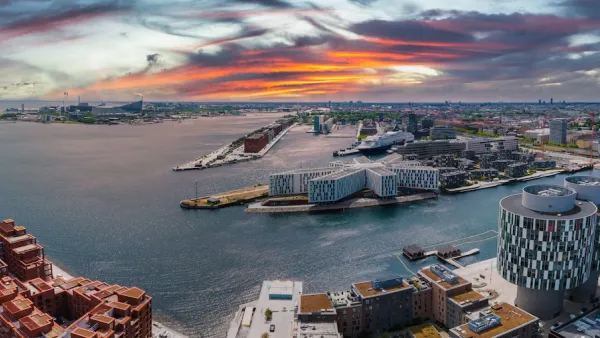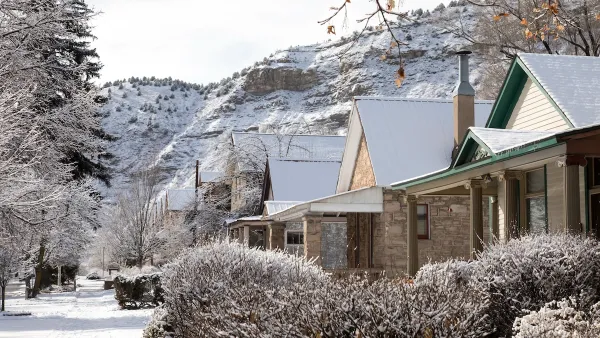A study of over a million Chicago buildings assessed their ‘embodied carbon’ footprint over their lifetimes, showing that demolishing an old building in favor of a new one almost always produced more emissions.

A study of embodied carbon — carbon emissions produced over the entire life cycle of a product — produced by buildings found that retrofitting existing buildings produces significantly lower emissions over the entire life cycle, reports Nish Amarnath in Smart Cities Dive.
As a result, demolishing an existing building to construct a new one makes little sense from an environmental perspective, even if that new building is more energy efficient, according to the research note.
According to Amarnath, understanding the total carbon impacts of a building is difficult in the United States due to a lack of a comprehensive building inventory and building-level data as well as no clear benchmarks for assessing embodied carbon.
The researchers used data from over 1 million Chicago buildings to show that “increasing the average lifespan of buildings from 50 years to 75 or 80 years and reducing building size by 20% can cut their overall carbon emissions by two-thirds.” Buildings with masonry structures and walls have the highest emissions over their life cycle, while buildings with wooden structural elements and shingled roofs have the lowest emissions.
The researchers acknowledge the challenges of retrofitting older buildings, noting that some energy efficiency upgrades can also increase the overall production of embodied carbon. “If the goal is to enhance energy efficiency and achieve long-term cost savings, upgrading the HVAC system and improving the building envelope should be prioritized.”
FULL STORY: Retrofits more effective in cutting operational, embodied carbon emissions than new builds: study

National Parks Layoffs Will Cause Communities to Lose Billions
Thousands of essential park workers were laid off this week, just before the busy spring break season.

Retro-silient?: America’s First “Eco-burb,” The Woodlands Turns 50
A master-planned community north of Houston offers lessons on green infrastructure and resilient design, but falls short of its founder’s lofty affordability and walkability goals.

Delivering for America Plan Will Downgrade Mail Service in at Least 49.5 Percent of Zip Codes
Republican and Democrat lawmakers criticize the plan for its disproportionate negative impact on rural communities.

Test News Post 1
This is a summary

Test News Headline 46
Test for the image on the front page.

Balancing Bombs and Butterflies: How the National Guard Protects a Rare Species
The National Guard at Fort Indiantown Gap uses GIS technology and land management strategies to balance military training with conservation efforts, ensuring the survival of the rare eastern regal fritillary butterfly.
Urban Design for Planners 1: Software Tools
This six-course series explores essential urban design concepts using open source software and equips planners with the tools they need to participate fully in the urban design process.
Planning for Universal Design
Learn the tools for implementing Universal Design in planning regulations.
EMC Planning Group, Inc.
Planetizen
Planetizen
Mpact (formerly Rail~Volution)
Great Falls Development Authority, Inc.
HUDs Office of Policy Development and Research
NYU Wagner Graduate School of Public Service





























